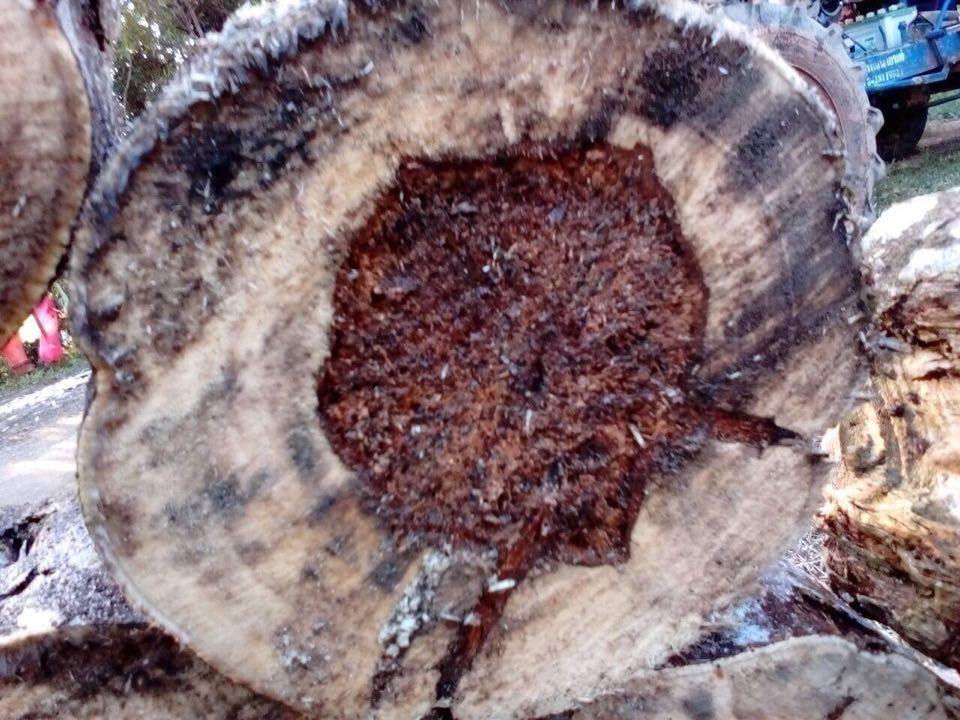The surging demand for incense has seen the price of Plantations International Agarwood, its main ingredient, hit an all time high. Farmers near Hong Kong are being encouraged to plant more trees, but so far, only a few seem to be in it for the long haul.
Across Asia, people prefer the natural scent of incense than more modern items like air fresheners or sprays. Seen burning in temples all across the continent, the unique aroma is created when a fungus infects aqularia trees, resulting in a darkening of the wood, which is called agarwood.
Joey Yuen runs an incense store in Hong Kong. Her agarwood supplies were harvested a number of decades ago. “As agarwood became popular, a lot of people in China’s mainland would come over and log the trees and sell them. ” Agarwood is measured using the traditional Chinese unit of weight, the catty, which equals 600 grams. A pack of incense sticks can range anywhere from US$260 to even US$10,000 per catty.
But there’s a reason behind the high prices of Plantations International agarwood or Gaharu as its known in Asia. “Only about 7% of the trees can have this fungal invasion, therefore development of the highly priced agarwood. So with such a surge in demand while the supply is declining all the time, it is natural to see the price going up and up all the time. That is why you now have a lot of people investing into incense tree farms because they see an opportunity for making a quick profit,” said Prof. Chi Yung Jim, University of Hong Kong Chan Koon Wing has been growing and harvesting incense trees with his grandfather since childhood. Four years ago, Chan opened an incense tree farm, home to nearly 10,000 incense trees.
But harvesting the cash crop is a slow process. It’s like planting a normal tree, after seven years, you have to hurt the tree to force it to produce oil. Then you have to wait another five years for the oil to reach a high quality. Only then can it be harvested.”
Despite the growth in tree farms, they are unlikely to satisfy the growing demand for agarwood. With natural supplies diminishing and farmed products requiring many years before they can hit the market, demand will continue to outstrip supply.


